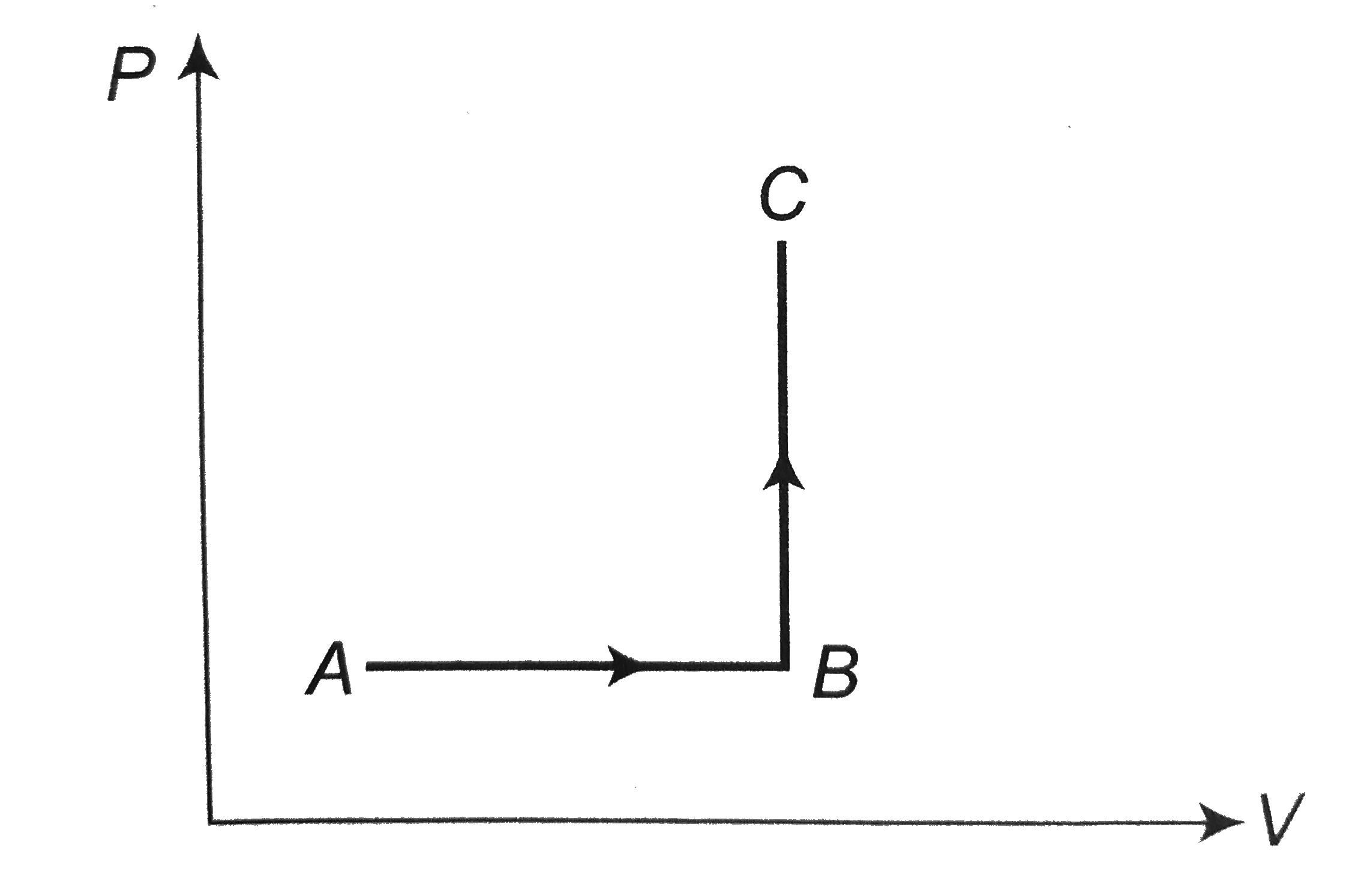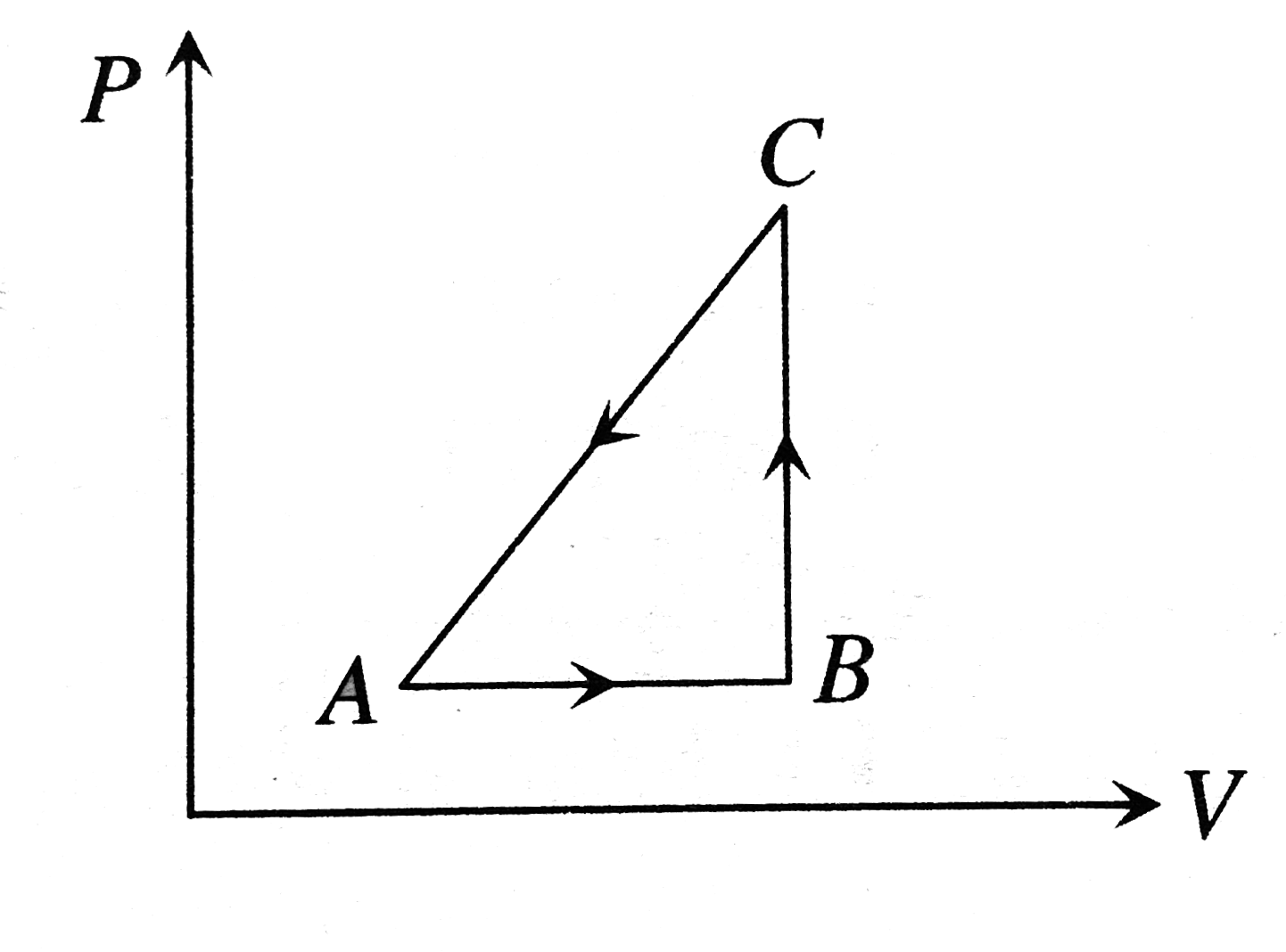Significance of 'heat shock' method in bacterial transformation is to facilitate
Uptake of DNA through transient pores in the bacterial cell wall
Binding of DNA to the cell wall
Release of DNA through membrane transport proteins
Expression of antibiotic resistance gene
The correct Answer is:A
Step-by-Step Text Solution:
1. Understanding the Heat Shock Method: The heat shock method is a technique used in molecular biology to facilitate the transformation of bacteria. It involves subjecting bacterial cells to a sudden increase in temperature, typically after they have been incubated with plasmid DNA.
2. Role of Bivalent Cations: In this method, bivalent cations, such as calcium ions (Ca²⁺), are often used. These ions help to stabilize the bacterial cell membrane and make it more permeable.
3. Formation of Transient Pores: The heat shock treatment causes the bacterial cell membrane to undergo a physical change, resulting in the formation of transient pores. These pores allow the foreign DNA (plasmid) to enter the bacterial cell.
4. Uptake of DNA: The primary significance of the heat shock method in bacterial transformation is to facilitate the uptake of DNA through these transient pores in the bacterial cell wall. This allows for the introduction of new genetic material into the bacteria.
5. Elimination of Other Options:
- Binding of DNA to the cell wall: This is not the main function of the heat shock method; it is about uptake, not binding.
- Release of DNA through membrane transport proteins: The heat shock method does not involve transport proteins; it relies on the transient pores created by the heat shock.
- Expression of antibiotic resistance gene: While transformed bacteria can express antibiotic resistance genes, the heat shock method itself is not directly responsible for this expression.
6. Conclusion: Therefore, the correct answer to the question is that the significance of the heat shock method in bacterial transformation is to facilitate the uptake of DNA through transient pores in the bacterial cell wall.
- Binding of DNA to the cell wall: This is not the main function of the heat shock method; it is about uptake, not binding.
- Release of DNA through membrane transport proteins: The heat shock method does not involve transport proteins; it relies on the transient pores created by the heat shock.
- Expression of antibiotic resistance gene: While transformed bacteria can express antibiotic resistance genes, the heat shock method itself is not directly responsible for this expression.
Topper's Solved these Questions
- BOOK - VMC MODULES ENGLISHCHAPTER - BIOTECHNOLOGY : PRINCIPLES AND PROCESSESEXERCISE - IMPECCABLE55videos
BIOTECHNOLOGY : PRINCIPLES AND PROCESSES
- BOOK - VMC MODULES ENGLISHCHAPTER - BIOTECHNOLOGY : PRINCIPLES AND PROCESSESEXERCISE - ENABLE51videos
BIOTECHNOLOGY : PRINCIPLES AND PROCESSES
- BOOK - VMC MODULES ENGLISHCHAPTER - BIOLOGICAL CLASSIFICATIONEXERCISE - All Questions214videos
BIOLOGICAL CLASSIFICATION
- BOOK - VMC MODULES ENGLISHCHAPTER - BIOTECHNOLOGY AND ITS APPLICATIONS EXERCISE - IMPECCABLE51videos
BIOTECHNOLOGY AND ITS APPLICATIONS
Similar Questions
Knowledge Check
- Question 1 - Select One
Read the following statements and select the correct ones.
(i) Same kind of sticky ends are produced when a DNA has been cut by different restriction enzymes.
(ii) Exonucleases make cuts at specific positions within the DNA.
(iii) Hind ll was the first restriction endonuclease to be isolated.
(iv) A bacteriophage has the ability to replicate within bacterial cells by integrating its DNA with bacterial DNA.
(v) Presence of more than one recognition sites for a enzyme within the vector facilitates the gene cloning.A(i),(iii) and (v)B(ii) and (iv)C(iii) and (iv)D(ii),(iii) and (iv)
The P−V diagram of a system undergoing thermodynamic transformation is shown in figure. The work done by the system in going from A→B→C is 30J and 40J heat is given to the system. The change in internal energy between AandC is
 View Solution
View SolutionThe P−V diagram of a system undergoing thermodynnaic transformation is shown in Fig. The work done on the system in going from A→B→C is 50J and 20cal heat is given to the system. The change in internal erergy between A and C is
 View Solution
View SolutionThree methods in which transfer of heat can be done
View SolutionMicroinjection is a method used in genetic engineering for
(a) DNA fingerprinting
(b) transformation of animal cells
(c) transformation of plant cells
(d) transformation of bacteriaView SolutionName the method of heat transfer which does not depends on gravity ?
View SolutionIf there is no gravity i.e. acceleration due to gravity is zero then which method of heat transfer is not possible
View SolutionA thermal power plant produed electric power of 600kW at 4000V, which is to be transported to a place 20 km away form the power plant for consumer's usage. It can be transported either directly with a cable of large current carrying capacity or by sing a combination of step-up and step-down transfprmers at the two ends. THe drawback of the direct transmission is the large energy dissipation. In the method wsing transformers, the dissipatiion is much smaller. In this method a step-up transformers is used at the plant side so that the current is reduced to a smaller value. At the consumers'end, a step-down transformer is used to supply power to the consumers at the specified lower voltage. It is reasonable to assume that the power cable is purely resostive and the transformers are ideal with power factor unity. All the currents and voltagementioned are values.
In the method using the transformers assume that the ratio of the number of turns in the primary to that in the secondary in the step-up transformer is 1:10 if the power to the consumers has to be supplied at 200V, the ratio of the number of turns in the primary to that in the secondary in the step-down transformer isView Solution
